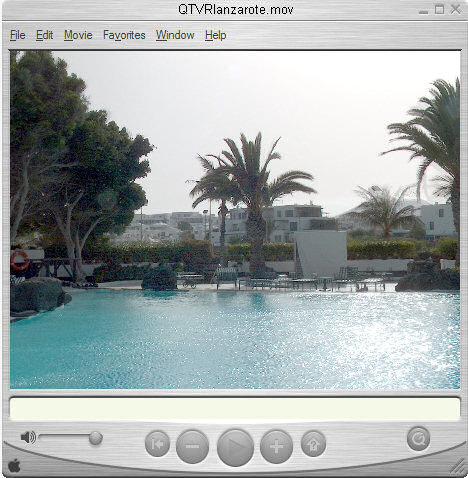I’ve updated my Utilities‘ section of my website. This one contains now information about 4 tools:
Category Archives: Uncategorized
TOOLS: new version of Skype is out
Version 1.0.0.29 of Skype is out.
NEWS: Google IPO launch


NEWS: Yahoo has its blog
TOOLS: evaluation phase conclusion of SauceReader
Since Mai 14, 2004, I’m using intensively Sauce Reader from Synop as feed-reader and I would like to summarize my impression, as an "evaluation phase conclusion" (for my other posts, have a look here, here and here) :
What’s Cool
Room for improvement
Conclusion
All in all, I still think that Sauce Reader is the best aggregator at this moment (on Microsoft platform). The last developments of this tool (five releases now!) give me a very convincing impression of the Synop’s capability and user orientation.
PS1: have a look at the reviews of Robert Scoble and of Laurent.
PS2: my review was linked by Synop on their product homepage ;-)
PRIVATE: first QTVR file :-)
I’m a kind of panorama-addicted person :-) I tested quite a lot of utilities and I’m using now PanoramaFactory (test here and here).
I just tried one of its function, the possibility to produce a QuickTime Virtual Reality (QTVR) movie. You need to install the Apple’s free QuickTime viewer. The file is about 3.3 MB.
WEEK-END: double rainbows in the sky

NEWS: celebration of laziness in France…
[Via Loic]
A French Employee’s Work Celebrates the Sloth Ethic
This article will improve again France’s image abroad.
“Corinne Maier, the author of “Bonjour Paresse,” a sort of slacker manifesto whose title translates as “Hello Laziness,” has become a countercultural heroine almost overnight by encouraging the country’s workers to adopt her strategy of “active disengagement” – calculated loafing – to escape the horrors of disinterested endeavor.”
“But she works just 20 hours a week writing dry economic reports at the state electric utility, Électricité de France, for which she is paid about $2,000 a month”
“Her employer of 12 years was not amused. Irritated that she identified herself as an Électricité de France employee on the back cover of her book, company officials wrote her a stern letter accusing her of inattention at meetings, leaving work early and “spreading gangrene from within,” just as her book advocates. They demanded that she appear for a disciplinary hearing, though the original Aug. 17 date has been pushed back to September. That’s because Ms. Maier is going on vacation.”
I’m again completely shocked by the growing abyss between this kind of lazy people and the rest of the world.
I was this week with some Romanian colleagues and i was totally impressed by their willingness to develop themselves, their company and their country. I mentionned this example to them, to explain that they are *not* the only ones who have to fight against bureaucracy and laziness. They laughed a lot…and that’s perhaps the only positive point about this story.
I hate having to pay taxes for this person, her boss and her company. and I do not want to know how many state employees are working in this way…
NEWS: the Olympic games!

BUSINESS: Change Management (09)
Conclusion: steps of a successful change process
- Creating credible managing support: select strong personalities who have visible, public commitment for the change team and support of change
- Establishing a need for change: make clear the reasons of change driven by threats or opportunities (or both), the need for change must exceed its resistance
- Developping a vision: develop a widely shared and understood vision, describe the desired outcome of change
- Mobilising commitment: try to motivate as many promoters and multipliers of change as possible, communicate, communicate, …., with doubters and opponents
- Handling emotions and resistance: there are no change processes without resistance, work with resistance not against it, re-negociate the psychological contract
- Making change last: celebrate early wins, integrate change initiatives with other key projects and with the actual management practices
- Anchoring the change in the culture: alterations of culture aspects is almost a prerequisite for a sustaining change, be aware of the "hidden rules" of your organization
—————
Source: G. Müller-Stewens / Ch. Lechner


